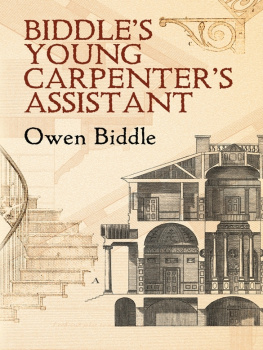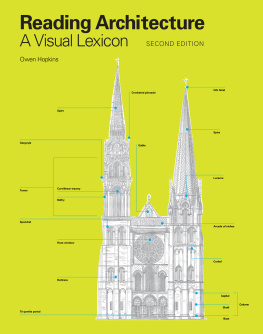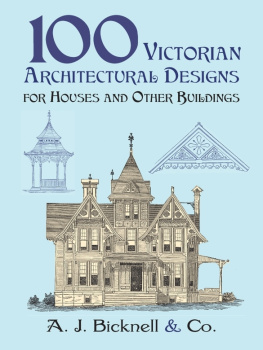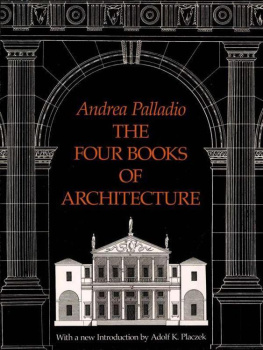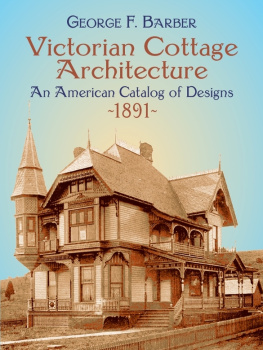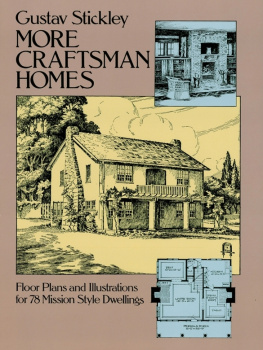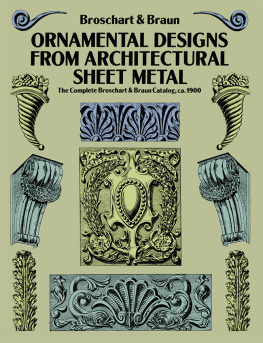B.
BALUSTER, small columns, or pillars of wood, stone, &c. used on terraces or tops of buildings for ornament, and to support railing, and, when continued, form a balustrade.
BANISTER, the supports of an hand-rail of stairs.
BAND, a general term for a low, flat, or square member.
BASE, the lower and projecting part of a column and pedestal.
BUTMENT, or Abutment, supporters, or props, on or against which the feet of arches rest.
BUTTRESS, a kind of butment, built sometimes archwise, as to Gothic buildings; a mass of stone or brick work, serving to prop or support buildings, walls, &c. on the outside, where their great height or weight require additional strength.
C.
CAPITAL, the uppermost member of a column, which is a crown or head thereto, placed immediately over the shaft, and under the architrave ; no column is complete without a capital, which has a distinguishing character for each order.Tuscan and Doric capitals consist of mouldings; Ionic and Corinthian capitals, of leaves and other ornaments.
CARTOUCHE, an ornament in sculpture representing a scroll of paper, &c.
CARYATIDES, a kind of order in Architecture, in which a female figure is applied instead of a pillar; the origin of which is thus handed down by Vitruvius: the inhabitants of Caria, a city of Peloponnesus, made a league with the Persians against their own nation; but the Persians being worsted, they were afterwards besieged by the victorious party, their city taken and reduced to ashes, the men put to the sword, and the women carried away captives. To perpetuate the memory of this victory, the conquerors caused public edifices to be erected, in which, as a mark of degradation and servility, the figures of the captives were used instead of columns, thus handing down to posterity their servility and punishment. When figures of the male sex are used, they are called Persians or Perses.
CAVETTO, a concave moulding of one quarter of a circle.
CAULICOLI, the little twists or volutes under the flower on the abacus in the Corinthian capital, represent the twisted tops of the acanthus stalks; are called also Helices.
CELL, in an ancient temple, is the inclosed space within the walls.
CENTER or Centre, the support of an arch while the masons are building it.
CINCTURE, a ring, list, or fillet, at the top and bottom of the shaft of the column.
CIRCUS, a large building for exhibiting equestrian exercises in.
COFFER-DAM, a large frame constructed for the purpose of erecting works on the bottom of deep waters; the Coffer-dam being water tight and surrounding the place intended to work on, is emptied of the water and leaves the bottom bare.
COLLAR-BEAM, timbers placed across a roof from the middle of one rafter to another.
COLLARIN, or Collarino, the neck or frize of a Tuscan or Doric capital.
COLONNADE, a series or continuation of columns.
COLUMN, a round pillar used in Architecture, to adorn or support. Columns are of four kinds; the Tuscan, Doric, Ionic, and Corinthian, each of which has its particular proportion. The term includes the base and the capital.
CONGE, a small moulding, which serves to separate larger ones, called also List or Annulet.
CONSOLE, an ornament cut on the key-stone of arches, with a projection, capable of supporting busts, vases, &c.
CONTOUR, the outline of a figure, or piece of Architecture.
COPING of a wall, the top or covering made sloping to throw off water.
CORBEILLE, carved work, representing a basket with fruits or flowers, serving as a finish to some other ornament. It sometimes is applied to the vase of the Corinthian capital, the word originally meaning a basket.
CORINTHIAN order, one of the four orders of Architecture.
CORNICE, the upper assemblage of members in an entablature, commencing at the frize; each order has its particular cornice, with suitable enrichments. To the Tuscan it is quite plain; to the Doric are added gutt, or bells in the soffit: the Ionic has plain modillions; the Corinthian is much enriched, and has modillions.
CORONA, a large flat and strong member in a cornice, called also the Drift, or Larmier ; its use is to screen the under parts of the work, and, from its shape, to prevent the water running down the column; it has always a large projection to answer its proposed use.
CORRIDOR, a gallery or passage in large buildings, which leads to distant apartments.
CUPOLA, a round roof or dome, in the form of an inverted cup.
CYMA, Cima, or Cymatium, a species of moulding, which is generally the upper one to an entablature. There are two sorts of this moulding, the cyma recta and cyma reversa, which is commonly called an ogee.
D.
DENTELE, an ornament resembling teeth, used in Ionic and Corinthian cornices.
DIE, the square or naked piece in a pedestal, that part which is between the base and the capital.
DOME, a spherical roof.See Cupola.
DORIC order, one of the four orders of Architecture.
DROPS or Gutt, in the Doric entablature, are small inverted pyramids or cones, immediately under the triglyph.
E.
ECHINUS, is properly the egg and anchor ornament peculiar to the Ionic capital; it is sometimes used for the whole member instead of ovalo.
ENTABLATURE, an ornament or assemblage of parts, supported by a column or pilaster over the capital: each order of columns has a peculiar entablature divided into three principal parts; the architrave, which is divided into two or more facia, and rests upon the capital. The frize is next, and may be plain or ornamented. The cornice is the top or crowning part.
F.
FAADE, the front view or elevation of a building.
FACIA, a flat member in the entablature of an order, representing a band or broad fillet in an architrave; if divided, these divisions are called the first facia, the second facia, &c.

